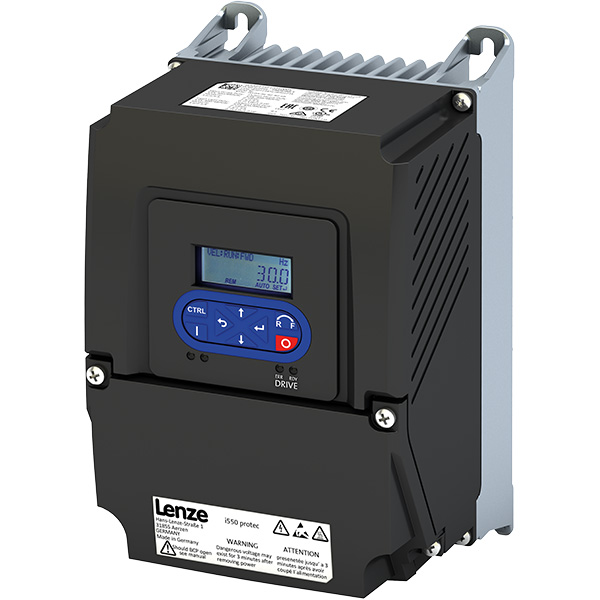Posted on 28th May 2024

Variable Frequency Drives (VFDs) play a crucial role in controlling the speed and performance of electric motors across various industrial applications. However, like any complex system, VFDs are susceptible to overload conditions that can jeopardize efficiency, reliability, and safety. In this article, we'll delve into the causes, effects, and solutions related to VFD drive overload, providing valuable insights for engineers, technicians, and facility managers.
VFD drive overload occurs when the motor connected to the drive experiences a load that exceeds its rated capacity. This excess load demand can lead to various adverse effects on the VFD system and the connected equipment.
Excessive Load: One of the primary causes of VFD drive overload is an unexpectedly high demand placed on the motor. This can occur due to changes in production requirements, equipment malfunction, or process anomalies.
Mechanical Issues: Mechanical problems such as bearing failure, misalignment, or excessive friction within the driven equipment can increase the load on the motor, leading to overload conditions.
Programming Errors: Incorrect parameter settings or programming errors within the VFD can result in excessive motor output, causing the drive to operate beyond its rated capacity.
Power Supply Issues: Inadequate power supply, voltage fluctuations, or phase imbalance can contribute to overload conditions by compromising the VFD's ability to deliver consistent power to the motor.
Environmental Factors: Extreme ambient temperatures, poor ventilation, or operating in dusty environments can impact motor performance and exacerbate overload situations.
Reduced Efficiency: Operating a VFD drive under overload conditions can diminish its efficiency, leading to increased energy consumption and higher operating costs.
Equipment Damage: Overloading the motor and drive can cause excessive heat buildup, insulation breakdown, and mechanical wear, potentially resulting in premature equipment failure and costly repairs.
Downtime and Production Losses: Unplanned downtime due to VFD drive overload can disrupt production schedules, leading to lost revenue, missed deadlines, and customer dissatisfaction.
Safety Hazards: Overloaded VFDs pose safety risks to personnel and equipment, as overstressed components may malfunction or fail catastrophically, causing injury or property damage.
Proactive Maintenance: Implement a comprehensive maintenance program to identify and address potential issues before they escalate into overload situations. Regular inspections, lubrication, and alignment checks can help prevent mechanical failures.
Optimize Programming: Review and optimize VFD parameters to ensure they align with the motor's specifications and the application requirements. Fine-tuning acceleration, deceleration, and torque settings can help mitigate overload risks.
Monitor Load Conditions: Utilize load monitoring devices and sensors to track motor performance and detect anomalies indicative of overload conditions. Implementing load shedding strategies or adjusting production processes in response to fluctuating demand can help alleviate overload situations.
Enhance Cooling and Ventilation: Improve the cooling and ventilation systems within the VFD enclosure and motor housing to dissipate heat more effectively and maintain optimal operating temperatures.
Invest in Redundancy: Consider installing backup VFDs or redundant systems to provide failover capabilities and mitigate the impact of VFD drive overload on critical operations.
In conclusion, VFD drive overload poses significant challenges to industrial operations, affecting efficiency, reliability, and safety. By understanding the causes, effects, and solutions associated with VFD drive overload, engineers and facility managers can implement proactive measures to minimize risks, optimize performance, and safeguard equipment and personnel. Prioritizing proactive maintenance, optimizing programming, monitoring load conditions, enhancing cooling systems, and investing in redundancy are key strategies for mitigating the impact of VFD drive overload and ensuring uninterrupted productivity in industrial environments.